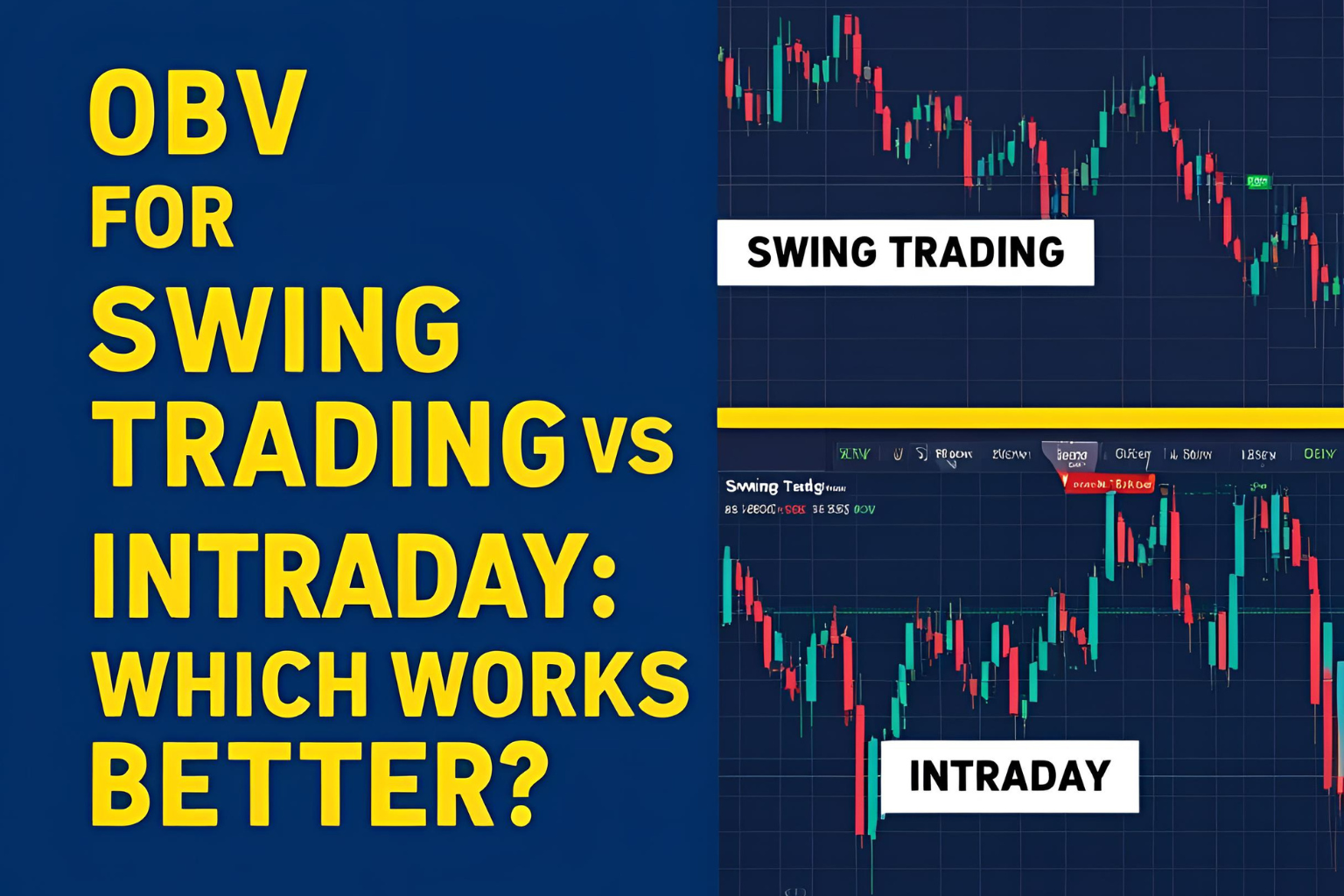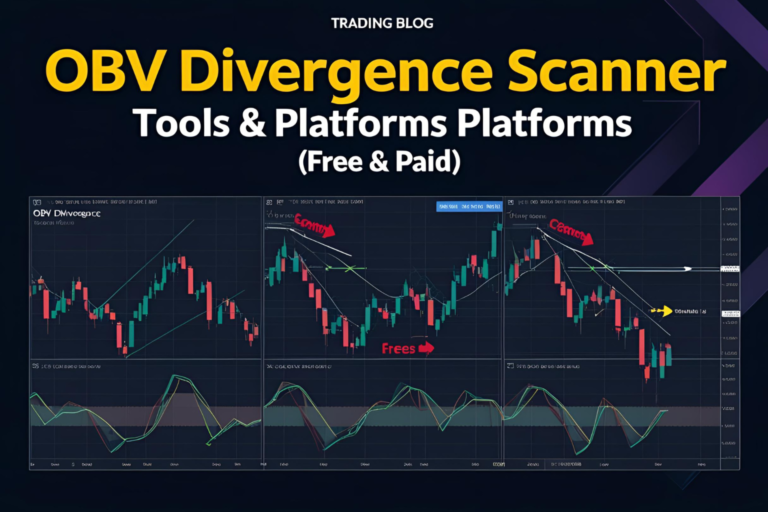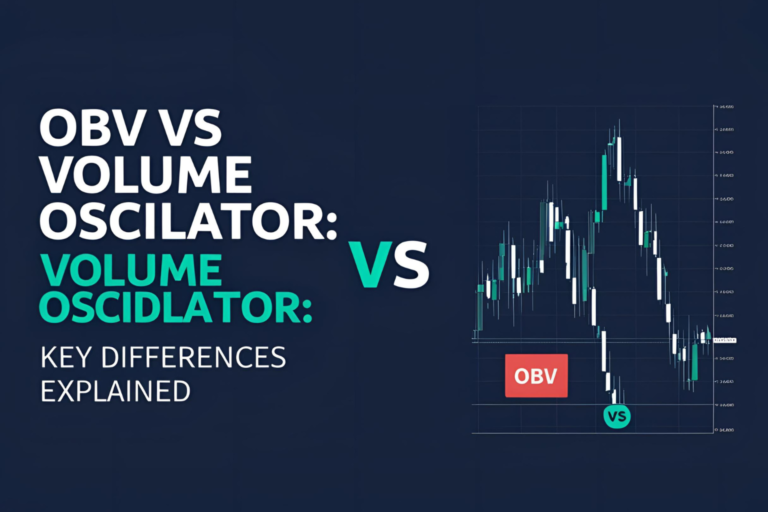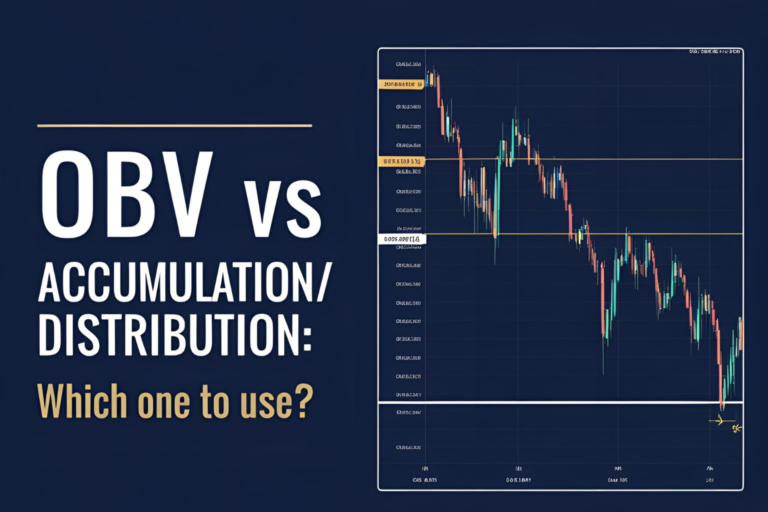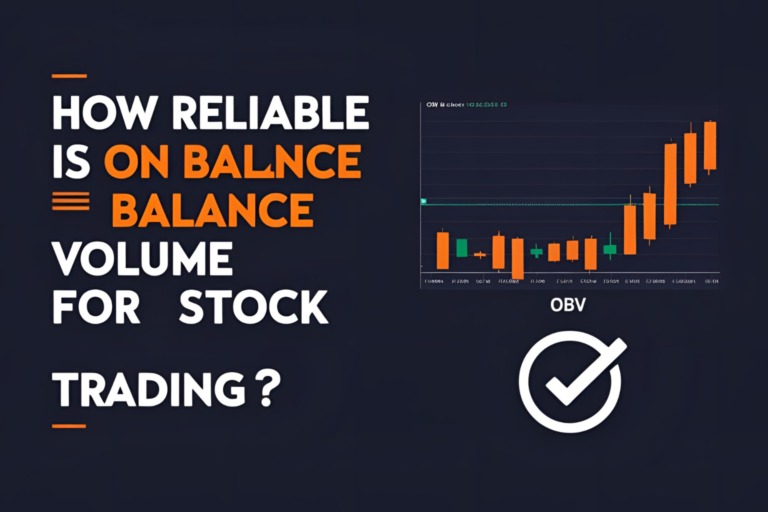OBV for Swing Trading vs Intraday: Which Works Better?
The On Balance Volume (OBV) indicator is widely used for identifying volume-based market momentum. But is it more effective for swing trading or intraday trading? In this post, we compare OBV for swing trading vs intraday to help you decide how to use it best based on your trading style.
OBV in Swing Trading
Swing trading focuses on multi-day to multi-week positions, making OBV highly useful for:
- Trend confirmation
- Volume divergence signals
- Breakout validation
Best Timeframes:
- Daily
- 4-Hour
- Weekly (for confirmation)
Key Uses:
- Confirm medium-term trends
- Filter false breakouts
- Spot accumulation/distribution phases
OBV in Intraday Trading
Intraday traders focus on short-term movements, so OBV must deliver fast, real-time volume insights. While still helpful, OBV has limitations in choppy, low-volume periods.
Best Timeframes:
- 15-minute
- 30-minute
- 1-hour
Key Uses:
- Confirm breakouts during the trading session
- Validate spikes in momentum
- Combine with VWAP or RSI for better accuracy
OBV Swing Trading Strategy Example
- Stock pulls back to support
- OBV stays elevated or rises during pullback
- Price breaks previous high
- ✅ Enter long: Breakout candle
- ❌ Avoid if OBV diverges negatively
OBV Intraday Strategy Example
- Price approaches key intraday level (e.g. VWAP)
- OBV breaks above its morning high
- ✅ Enter quick trade on price breakout
- Exit at pre-determined level or trailing stop
Key Differences
| Feature | Swing Trading | Intraday Trading |
|---|---|---|
| Timeframe | 4H, Daily, Weekly | 15m, 30m, 1H |
| Signal Strength | Stronger and smoother | Faster but may produce noise |
| OBV Reliability | High in trending conditions | Depends on volume clarity |
| Tools to Pair | Trendlines, Fibonacci, RSI | VWAP, Supertrend, MACD |
✅ Which Works Better?
- For trend traders: OBV works better in swing trading where trends develop over time.
- For scalpers/day traders: OBV can still be useful but must be paired with faster indicators to avoid lag.
You can use OBV in both styles—just tailor your timeframe and filters accordingly.
Final Thoughts
In the OBV for swing trading vs intraday debate, the answer depends on your approach. OBV shines in swing setups, where its cumulative nature helps confirm trends. For intraday, it still works—but should be combined with VWAP, price action, or real-time alerts for effectiveness.
Whichever style you choose, OBV offers a reliable view into volume commitment behind price moves.
FAQs
1. Is OBV more reliable on daily charts?
Yes. OBV gives smoother and clearer signals on higher timeframes.
2. Can OBV be used for 5-minute scalping?
Technically yes, but it can be noisy. Use with confirmation tools.
3. Should I use different settings for OBV in intraday?
OBV is cumulative—you don’t need settings. Just choose appropriate timeframes.
4. Can OBV help avoid false breakouts in swing trades?
Yes. OBV confirmation improves breakout reliability.
5. Is it okay to use OBV on both intraday and swing charts?
Absolutely. Many traders use OBV across timeframes for a complete picture.

